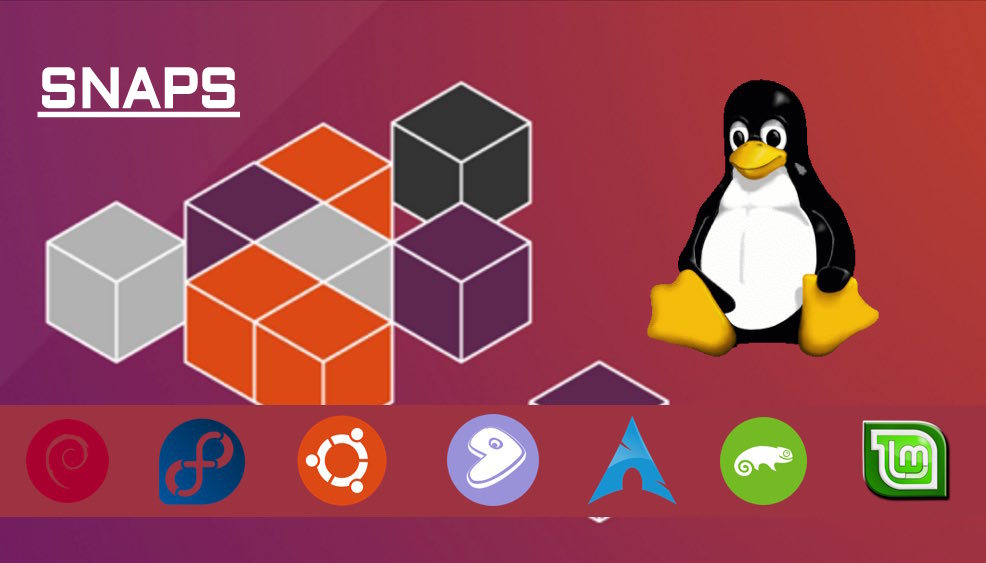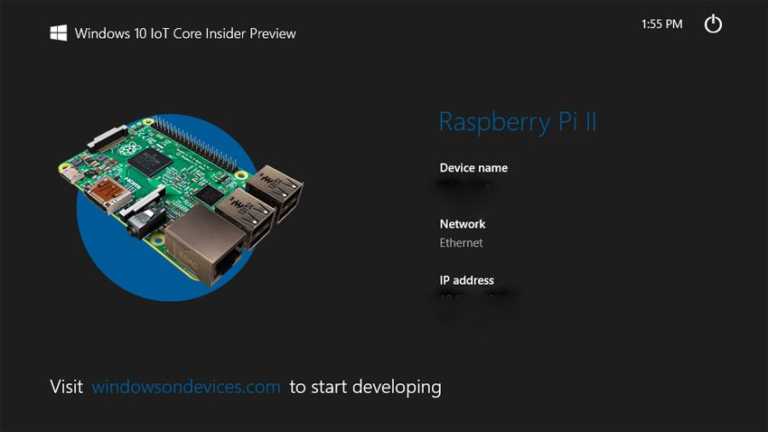The End of Apt And Yum? Ubuntu Snaps Now Work On All Linux Distributions

 Short Bytes: Canonical has partnered with developers from other Linux distributions and brought snaps to Debian, Gentoo, Fedora, and others. Snaps could become an easy and universal way to develop application packages for different distros.
Short Bytes: Canonical has partnered with developers from other Linux distributions and brought snaps to Debian, Gentoo, Fedora, and others. Snaps could become an easy and universal way to develop application packages for different distros.
With the launch of Ubuntu 16.04 LTS, Canonical made installation of applications much easier with the help of snaps. The snaps came as a secure and easier way to get packages, providing the developers a power to share the latest version of their apps with the users as soon as they are ready.
Now, snaps aren’t just confined to Ubuntu. Ubuntu’s parent company Canonical has announced that as a result of the collabration with other developers of Linux distros like Debian, Gentoo, and Arch Linux, snaps are now coming to other distros as well.
Thanks to this development, snaps now natively work on Debian, Arch Linux, Fedora, Lubuntu, Kubuntu, Ubuntu MATE, Ubuntu GNOME, Ubuntu Kylin, and Xubuntu. To expand snaps’ reach, they are currently being validated on Gentoo, Mint, Elementary, CentOS, OpenSUSE, RHEL, and OpenWrt.
Typically applications for Linux are packaged in .deb format. While installing applications using .deb, a user has to deals with a lot of dependencies, making this complicated for users.
Ubuntu’s snaps packages solve this problem by making self-contained packages. The snaps packages also make sure that an application is installed in its own container, making sure that there are no version conflicts.
Due to this change, the developers can build their snaps and run the same package on multiple Linux distributions.
To make this process of making packages easier, Canonical has released a tool called Snapcraft.
This change also addresses the issue of fragmentation faced by different Linux-based operating systems. If snaps become widely popular, it could simplify the process of developing software packages for a range of Linux distributions.
Did you find this article helpful? Don’t forget to drop your feedback in the comments section below.






